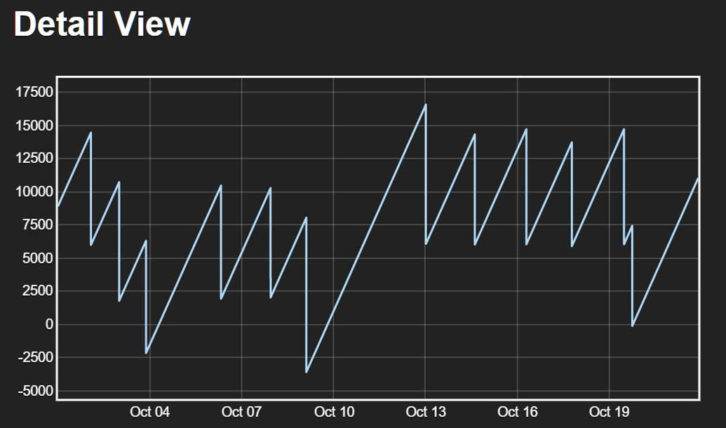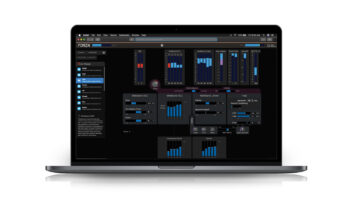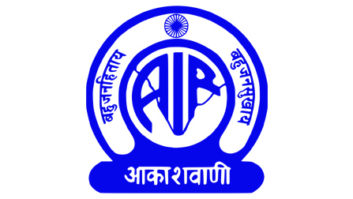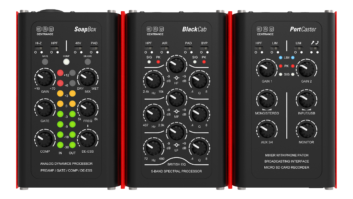 A recent Radio World ebook explored trends in audio processing for radio broadcasters. Among the stories in that ebook was an interview with Ben Barber, president/CEO of Inovonics.
A recent Radio World ebook explored trends in audio processing for radio broadcasters. Among the stories in that ebook was an interview with Ben Barber, president/CEO of Inovonics.
RW: Your take on the most important development in processors?
Ben Barber: Everything needs to be remote controllable and “monitorable.”
With fewer and fewer people actually being onsite, if there is an issue, broadcasters want to know about it right away. All of our newer audio processors are web-enabled, which means you can log into them and control them via their web page and not a proprietary app or program that may run on your PC but not on your smartphone.
 With web-enabled products, everything can be controlled from any device with a web browser. You can also get emails, text messages and SNMP alerts as well as stream the audio back over the web.
With web-enabled products, everything can be controlled from any device with a web browser. You can also get emails, text messages and SNMP alerts as well as stream the audio back over the web.
RW: What should we know about differences in processing for analog and digital OTA, streaming and podcasts?
Barber: Today’s processors are all DSP-controlled and most can sound very good while at the same time controlling peak modulation as well as density. All that is great; but if you start with an MP3, especially at a lower bitrate, there is little you can do to make that source material sound great.
Always start with great audio, which will in the long run save you so many headaches down the road.
[Related: “How to Pick an On-Air Processor”]
RW: What are the implications for managing processing, now that so many people have been working remotely?
Barber: I think what COVID has shown us is the resilience of both broadcast personalities as well as engineering to be able to do “everything” remotely. But just because it can be done begs the question, “Is it best for radio?”
Our medium is a very personal one, where the synergy between hosts is evident on nearly every show. Sure, programs can be done remotely; but in my opinion, if we think this is the new normal and we continue doing everything from scattered offices with little human interaction, then we are not giving our best.
As for processing, its primary purpose is to control peaks in order to protect your transmitter’s modulation, and also to keep you from splattering on your “neighbor.” Our industry should strive to give that processing air chain the best possible content that we can produce; to do that, I think in-person energy is what stimulates the mind, and the product shows it.
RW: What tools are available to mitigate issues involving synchronization of HD Radio and analog signals?
Barber: Back in the day when HD Radio was introduced, the system could be stable if everything was collocated and set up properly.
Unfortunately, the problem was exacerbated by splitting up the system and not keeping the importer and exporter at the same location, nor keeping them time-locked together via GPS. In addition you had latency and packet issues that would wreak havoc on the FM and HD1 alignment.
Though there are new processors and equipment on the market that should keep things in alignment, the majority or equipment still in service still has huge drift issues.
Here’s a picture of FM/HD1 drift over a 20-day period on a local FM/HD1 station.

This is not a small market off in the corner of some small city or county. They either need to replace all their HD Radio equipment, or get a JUSTIN 808 Time Alignment Processor from Inovonics. Our box goes in-line with the HD1 audio and continuously monitors the alignment of the two audio signals. When the alignment drifts, samples are slowly added or subtracted from the air chain until the FM and HD1 audio is aligned. It’s really that simple to fix.
That picture shows a drift of 20,000 samples which is nearly 0.5 second!
RW: In 2014 when we visited processing in an ebook, we thought radio processors were so powerful and had such incredible algorithms, that it was hard to imagine where further dramatic improvements would come from. How do you answer that today?
Barber: I more or less agree. Today’s DSPs are so powerful that the issue no longer becomes processing power, but the intellectual property of making algorithms function in a way that makes things sound exceptional.
Inovonics’ goal in designing and manufacturing audio processing has been to design a quality product that is innovative and gives exceptional results at an affordable price.
I like to use the analogy of driving a car when comparing audio processors. It would be hard to argue that a McLaren 720S, Lamborghini Aventador or Ferrari 488 are not incredibly magnificent automobiles and take driving to a whole new level; but, for most of us, a solid Mercedes, BMW, Chevy, Ford or Toyota are probably quite sufficient to get the job done of a “daily driver.”
Again, taking nothing away from the supercars of today; but you will see a lot more “regular” cars on the road as we go about our daily tasks. The honest truth? That’s where I see Inovonics fitting into the processor market: a solid, dependable, reliable, innovative audio processor for the “regular” guy.












